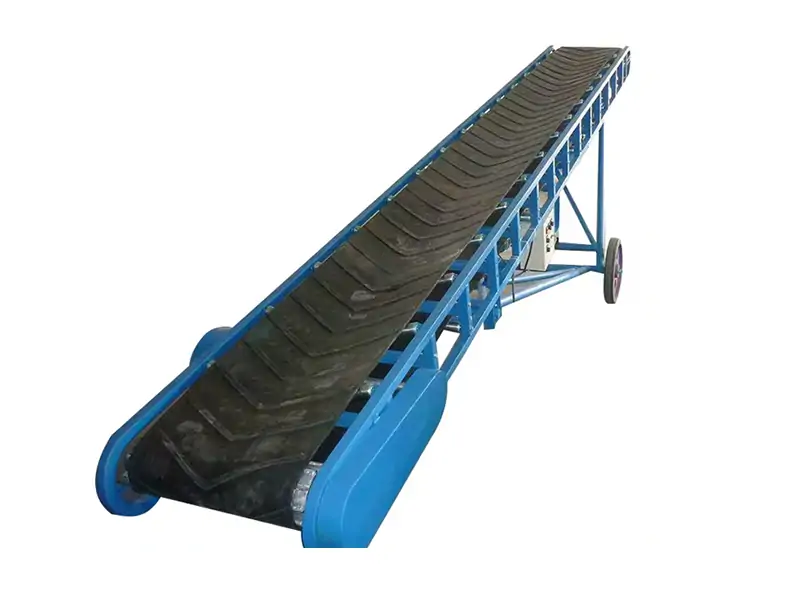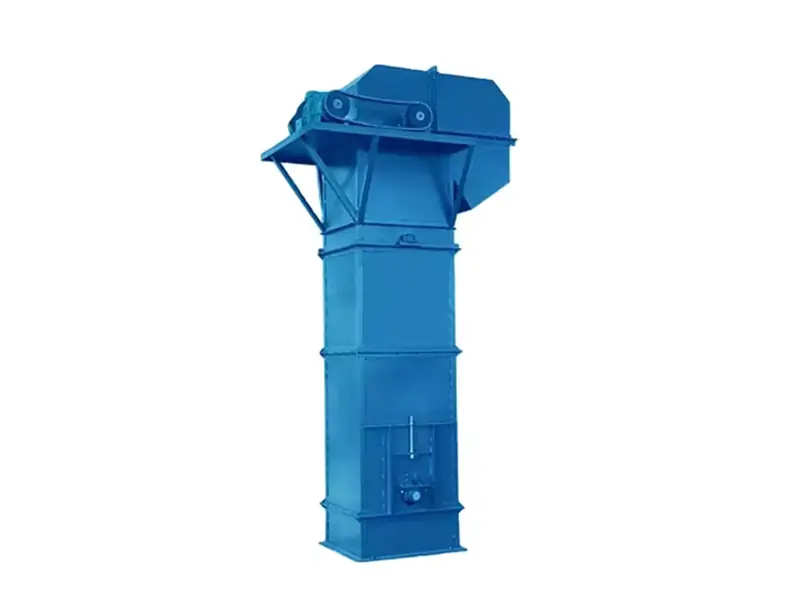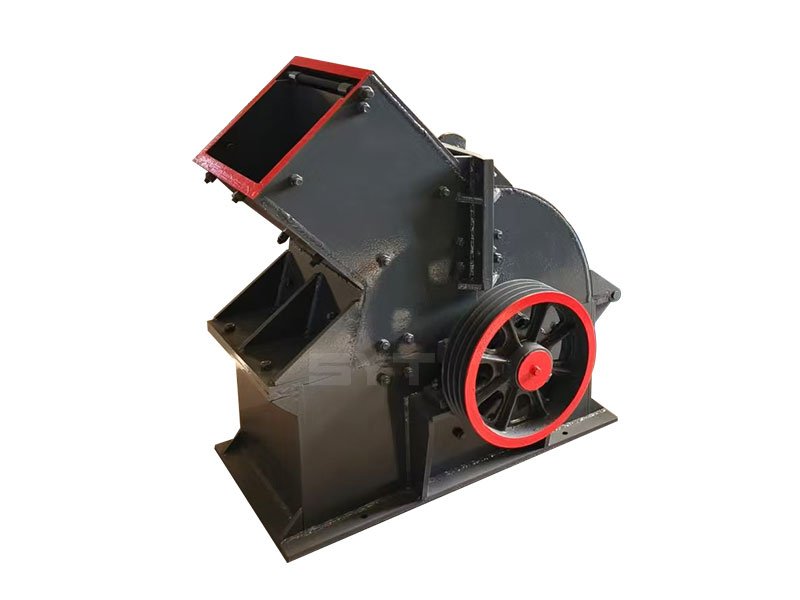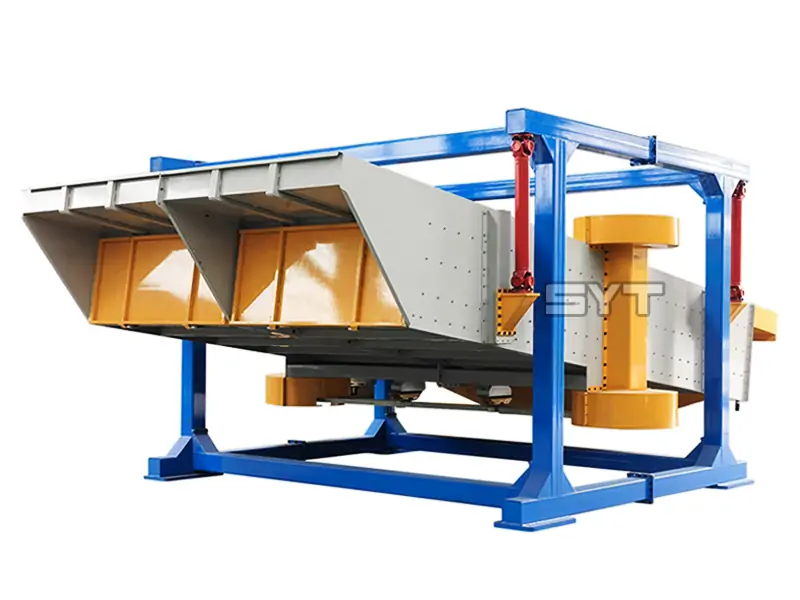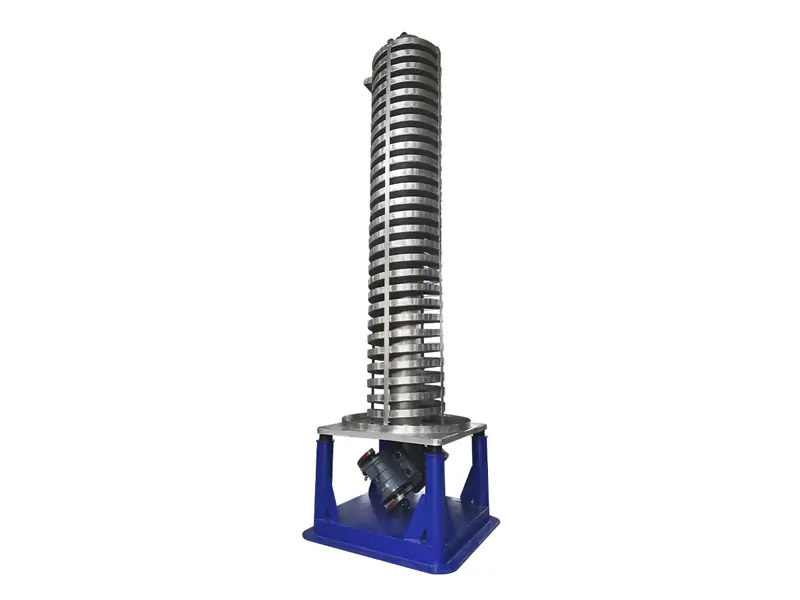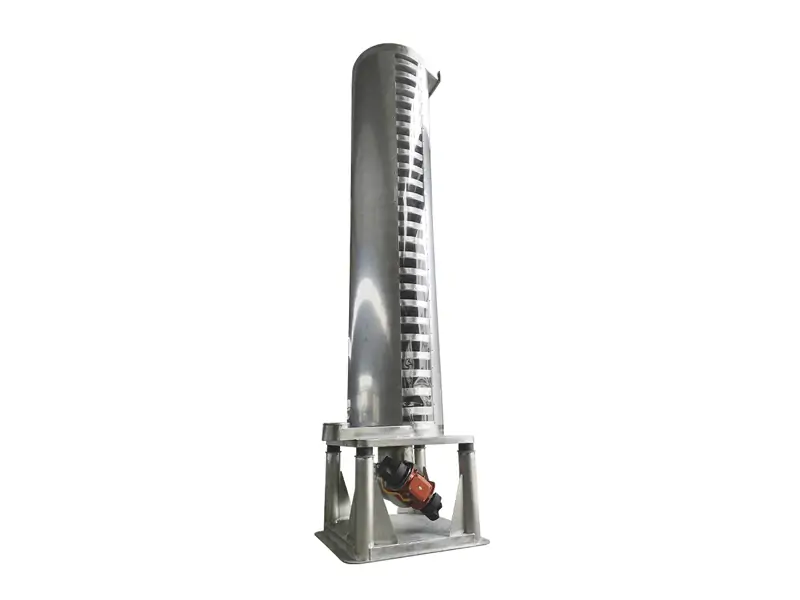As a common conveying equipment, the belt conveyor has a prominent noise problem in the long-term working process. So what causes the noise of the belt conveyor and how to solve it? Therefore, I will summarize and introduce this issue here and hope to solve the same problem for you.

First of all, we need to find out what causes the noise of the belt conveyor?
Starting from the structure of the machine itself:
Belt: Improper belt tension and wear caused by long-term work will cause noise;
Rollers and rollers: Since rollers and rollers are the main components for changing the direction and supporting the conveying power, improper installation, long-term wear, and insufficient lubrication are the direct causes of noise;
Driving equipment: Noise will also be generated due to vibration of driving devices such as motors and reducers or poor gear meshing;
Material transportation: Noise caused by abnormalities of the guide trough or rollers and rollers due to the vibration of the material itself and the material caused by the loading process;
Caused by the environment or operation:
There are many equipment or outdoor noise caused by natural factors such as wind and rain; There are also many noises caused by the lack of maintenance of the equipment, resulting in long-term lack of maintenance, which aggravates the wear of various components.
Then we all know the reasons for the noise of the belt, and we can make corresponding solutions to solve this problem for them, so as to reduce the noise and increase the service life of our equipment.
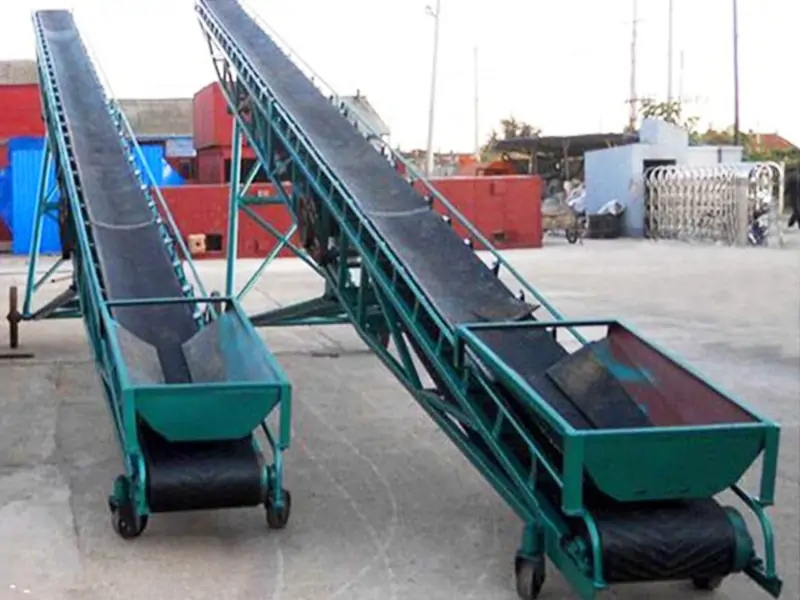
Solutions to solve noise
Belt: First, we need to adjust the tension of the belt to avoid being too tight or too loose; second, we should regularly check the wear of the conveyor belt and replace the seriously worn parts in time; at the same time, we must ensure that the joints of the belt are smooth to avoid protrusions or depressions.
Drums and rollers: First, we should correctly install and adjust the drums and rollers to ensure the correct concentricity and balance; second, we should regularly check whether they are working properly and replace the worn parts in time; at the same time, we should use appropriate lubricants for the bearings to keep them well lubricated.
Drive equipment: First, use vibration damping pads or sound insulation materials to reduce the vibration generated; second, check whether the motor and reducer are firmly installed to make them run normally and smoothly; at the same time, we should regularly maintain the gearbox and give it enough lubrication to make its gears mesh well.
Material conveying: First check and tighten all bolts and connectors to ensure they are normal and stable. If necessary, increase the rigidity of equipment accessories and strengthen the connection of equipment. Secondly, install buffer devices such as rubber pads or buffer rollers between the guide trough and the belt to reduce the noise caused by the vibration. If necessary, optimize the material loading method to reduce the drop and impact of the material.

The above is an analysis of the noise generated by the belt conveyor during operation. I hope it can help you. If you need more information, you can contact Xinxiang Sanyuantang at any time. We have more professional staff here to give you more specific and detailed guidance.
We also have corresponding solutions for the noise generated by the environment and use. If necessary, please communicate with us in time. We will respond to you promptly and enthusiastically and discuss better solutions with you.
Related Articles
- Sand Conveyor Belt Types And Price
- Understanding The Inclination Angle Of Belt Conveyors
- The Role Of Sand Conveyor Belt In Sand Making Plant
- Inclined Belt Conveyor Fasteners: Selecting, Trimming, and Installing
- Chain Conveyor VS Belt Conveyor
- How To Prevent Dust In Sand Making Production Line
- Application and Principle of Grain Belt Conveyor
- The Most Commonly Used Mobile Conveyor Belt

